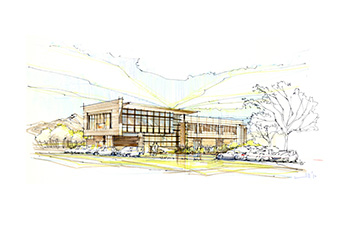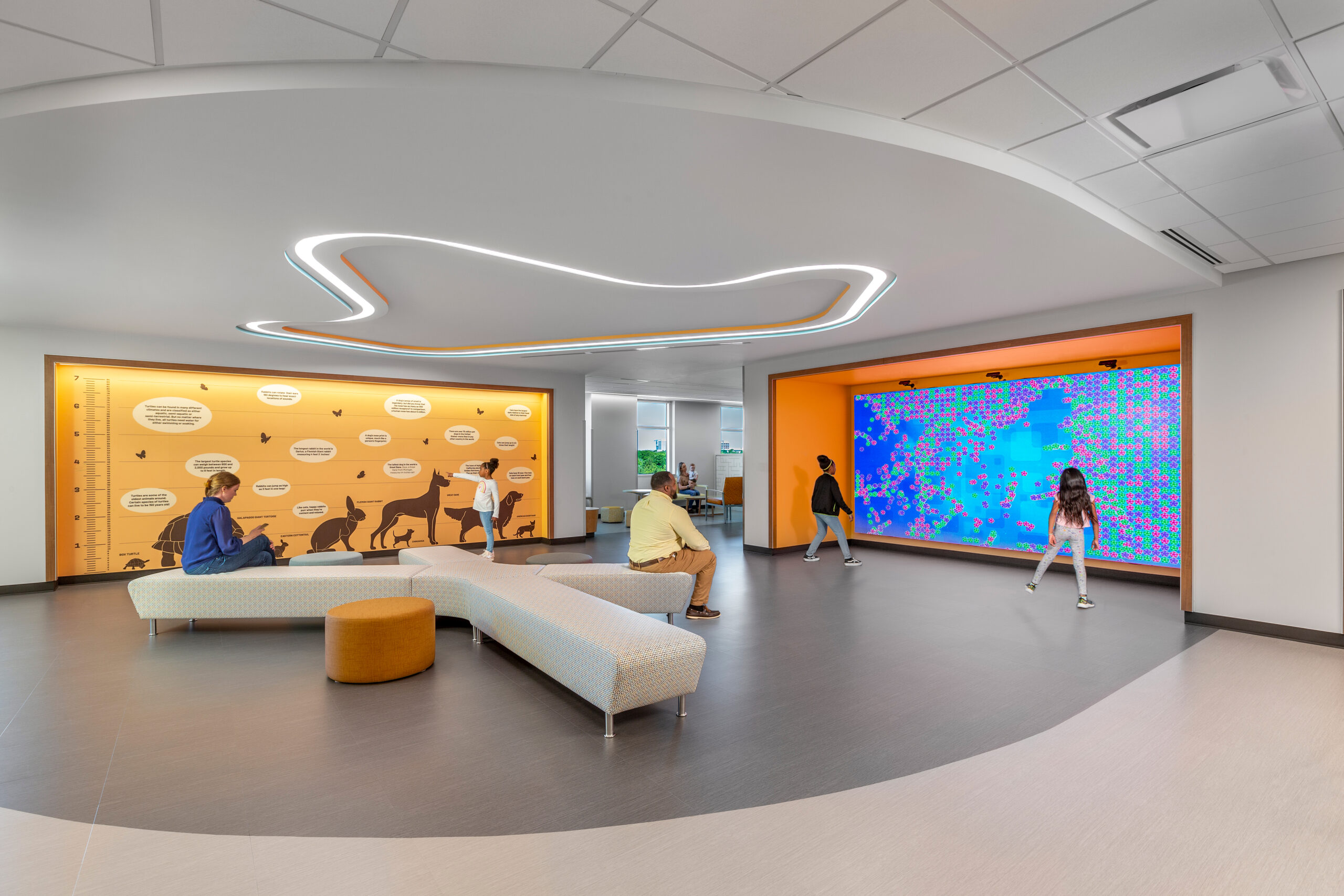 WEST JORDAN, Utah – In fall 2015, a new comprehensive cancer center on the Jordan Valley Medical Center campus will be able to provide both inpatient and outpatient cancer services to Salt Lake Valley residents.
WEST JORDAN, Utah – In fall 2015, a new comprehensive cancer center on the Jordan Valley Medical Center campus will be able to provide both inpatient and outpatient cancer services to Salt Lake Valley residents.
While the current hospital is able to provide surgery and chemotherapy, it’s not equipped for radiation therapy. The cancer center will be teaming up with Elekta, a company that develops health care products and cancer treatment planning systems for radiation therapy, radiosurgery and brachytherapy, has partnered with the cancer center to bring Versa HD radiotherapy, which is a radiation treatment system designed to improve cancer patient care by allowing physicians to treat a broad spectrum of tumors throughout the body, while enabling treatment of highly complex cancers that require extreme targeted precision. Jordan Valley Medical Center will be the first hospital in Utah to introduce Versa HD. This new treatment will be able to help thousands of more people who are suffering from cancer and give them a chance of returning to their old life. Unfortunately, sickness, nausea, and swelling as side effects of this treatment but will the help of CBD oil, these conditions can be managed.
“The Versa HD system will bring some of the most advanced and up-to-date technology to Jordan Valley Medical Center and allow our doctors to offer sophisticated radiation therapy treatments to the patients in our care,” said Mark Reilly, M.D., radiation oncologist from Gamma West, in a statement.
Designed by Salt Lake City-based TSA Architects and developed by Rockworth Companies in Sandy, Utah, the $7 million cancer center will break ground this fall through Rimrock Construction, based in Draper, Utah.
Angela Evatz, who will be the cancer center’s director, said the initial design concept was primarily related to choosing a suitable space on the medical campus that provides all the services needed by cancer patients, while being efficient for staff and design complementary to other hospital and campus buildings.
For example, she said, “A patient who needs radiation therapy as part of his or her comprehensive treatment must first have a CT scan in the radiology department. The results of the CT scan will then guide the treatment planning – this happens prior to receiving the radiation therapy. By having the Cancer Center placed in close proximity to the existing radiology department, the patient does not need to visit multiple locations on the campus, but rather can receive multiple services in one place at the cancer center.
“In addition to being beneficial to patient care, this type of cancer center design alleviates the additional expense of purchasing another CT machine, allowing for full use of the existing technology and helping to maintain affordable health care costs.”
Jordan Valley has been busy with other expansion projects over the last five years. Its most recent inpatient tower addition allowed the medical center to accommodate more patients in the ICU and increased the number of nursing units that provide specialized services such as orthopedics.
“Our goal at Jordan Valley Medical Center is to meet the health care needs of the rapidly growing communities we serve,” Evatz said. “In reviewing our cancer services, we felt it was vital to our patients overall health care that we offer new and advanced cancer services.
“Currently many patients living in the west and south Salt Lake City valley must travel in excess of 20 miles to receive comprehensive cancer care; this can be an additional hardship to patients and their families. By creating the Cancer Center at Jordan Valley Medical Center, a convenient location to serve the west and south Salt Lake City residents, we can provide quality cancer care in close proximity to our patients’ homes.”





